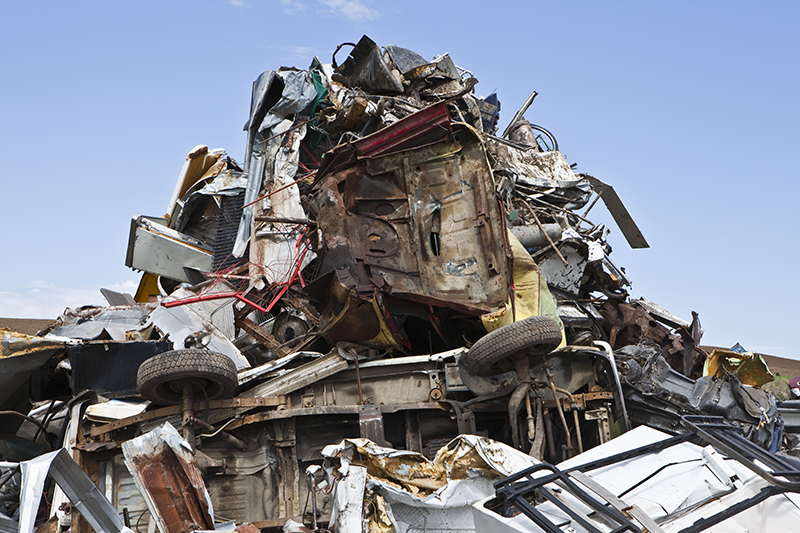Edward O. Wilson, an American biologist once stated that “ we should preserve every scrap of biodiversity as priceless while we learn to use it and come to understand what it means to humanity.” Over the years man has continuously exploited his natural environment. This has led to a degraded ecosystem, which may not recover fully even after exploitation stops.
The ecosystem is as useful to man as man is as useful to the ecosystem. Man cannot survive out of his natural habitat for long. It is therefore pertinent that we strive to protect our natural habitat from excessive exploitation.
We can by choosing to recycle more used products rather than tapping from our non-renewable natural resources reserve. Recycling helps to keep the environment safe . It also has huge economic, social, environmental, medical and aesthetic value.
Are you in possession of metals you are no longer in need of? Are you interested in getting rid of your scrap metals? You can help in making the environment a safer dwelling place by scrapping your metals to Trans Metal- scrap metal dealers.
What is the process of scrap metal?
The process of scrap metal recycling involves collecting the metals, processing them, shredding them, melting them in furnaces at high temperature, purifying them and then selling them to manufacturers of metallic products. The stages of processing scrap metal will be discussed below:
- Collection process: here, scrap metals are collected. They are valuable and should not be dumped in a landfill. They can be sold to scrap yards or scrap metal dealers like Trans Metal- scrap metal dealers.
- Sorting process: once they’ve been collected and gathered, the next stage is to sort them according to their type. You can use a large magnetic sensor to separate ferrous metals from non-ferrous metals. For further sorting of the metal streams, metal analysing equipment are used
- Shredding process: this stage is necessary to reduce its A reduction makes it easier for the metals to be melted. The processing plants crush the metals in compactors, which is transferred to the conveyor belt for shredding.
- Melting process: after the shedding stage, the scrap metals are then melted. They are placed in large furnaces. There are different furnaces for each type of metal. Melting can happen in minutes or hours, depending on the size of the furnace.
- Purification process: this stage deals with the sanitisation of metal in its liquid form. Electrolysis is the process whereby all residual contaminants and impurities are removed from the melted metal.
- Solidifying process: once the metal has been purified, it is transferred through the conveyor belt to cool and turned into solid form. Bars are the most used shape in the recycling industry.
- In this stage, once the metals are cooled and solidified, they are ready for use and to be distributed to manufacturers of metal products.
Interestingly, metals can be recycled over and over again. Join us to make the ecosystem safe by scraping your metals to Trans Metal-scrap metal dealers.

